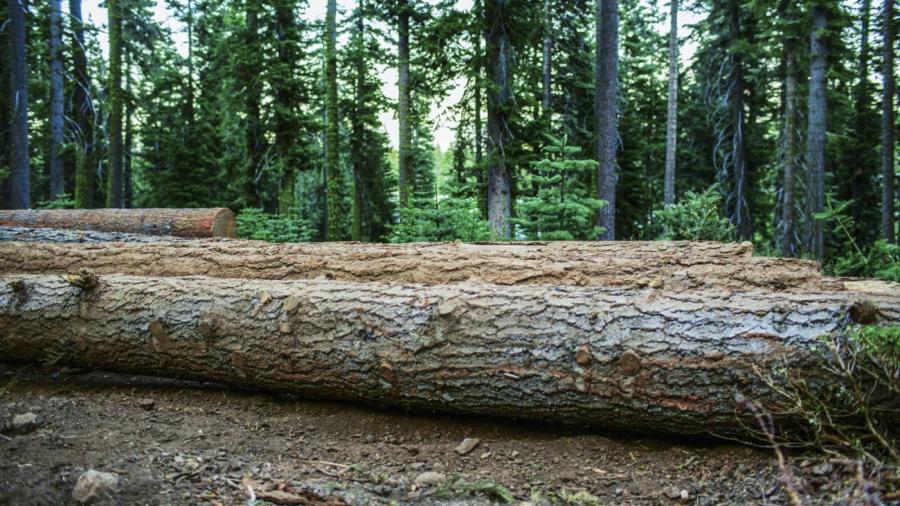What Are the Environmental Impacts of Deforestation?

Removing tracts of rainforest lands, a process called deforestation, can accelerate climate change, cause soil erosion, disrupt crop growth, increase the risk of flooding and even have economic consequences. Deforestation has many causes, including farming and logging. Regardless of the motive for clearing forests, the consequences of cutting down large parcels of trees has the same environmental impact.
Nearly 70 percent of the world’s species of flora and fauna live in temperate and tropical rainforests around the world. These species rely on the plants, trees, flowers and other species within their environments to support their life processes. Clear cutting trees disrupts the surrounding ecosystem, and leaves tree-dwelling species, such as sloths, orangutans and a plethora of tropical birds, without homes. In addition to robbing native species of homes and shelters, deforestation causes an increase in greenhouse gas emissions. Unlike humans, trees breathe in carbon dioxide and play a large role in maintaining the proper balance of oxygen and carbon dioxide in the atmosphere. Consequently, their removal causes an imbalance in these atmospheric gases, which escape into the highest levels of the atmosphere. Finally, deforestation causes soil erosion and promotes coastal flooding. Trees help to retain water and topsoil, and without them, soil erodes and washes away.





